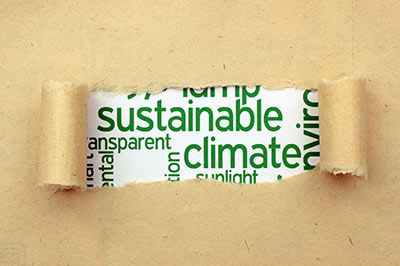Inter-American Development Bank, 2015
Rise Up Against Climate Change! A school-centered educational initiative.
Module 2
There is nothing more stimulating than deciding to improve the space in which one lives and works. In so doing, one can change the way one lives. Doing this alone, while possible, is extremely difficult. Doing it as a group is a great experience! Many traditional communities have social arrangements that facilitate collaborative work, such as indigenous communities in many Latin American and Caribbean villages. In Mexico this collective form of work is known as tequio; the inhabitants of a place come together to carry out the work, whether it be constructing a house for newlyweds, a church for the town, a collapsed bridge, or any other job that can be completed quickly and efficiently when done in collaboration. Would you like to initiate a similar adventure in your school?










